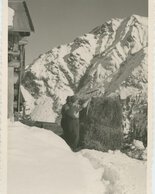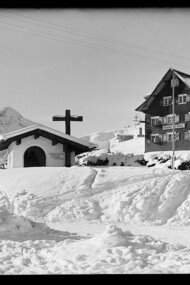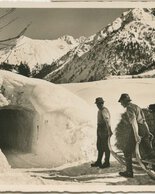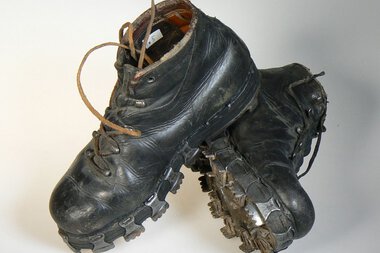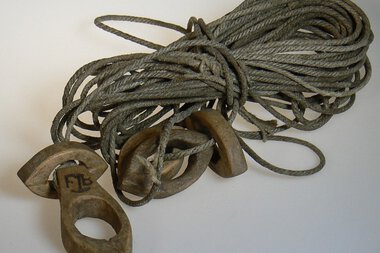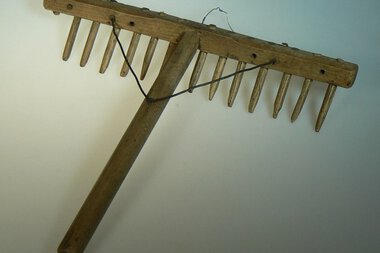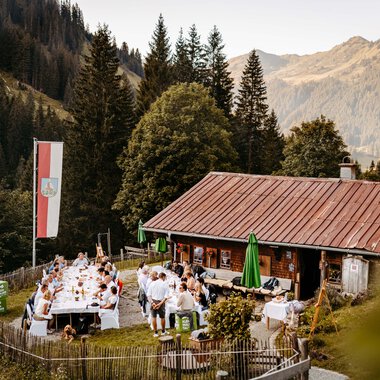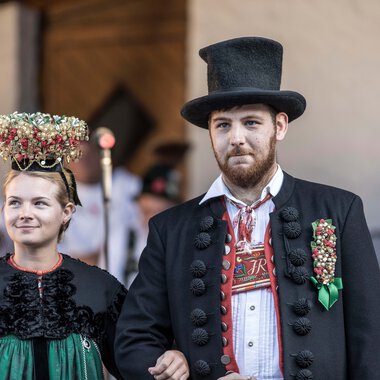Haymaking in the past: the “Haizuug” into the valley
07.07.2017
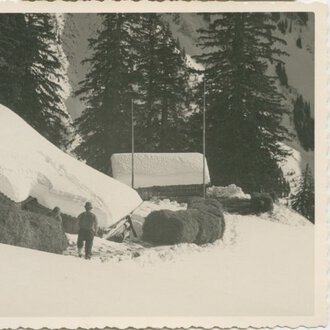
Always follow the food!
Agriculture used to be the basis of existence for the Walser people and therefore also for Kleinwalsertal. As no grain grows in the valley, livestock and dairy farming was of great importance. The work was subject to a certain annual cycle. In spring, when the hay supply was low, the cattle began to graze in the valley. As soon as possible they moved to the “Vorsässe” or lower Alps and from there in summer to the middle and then the highest Alps. In the fall, this sequence was repeated down the valley. In October, when grazing was no longer possible or the first snowfalls occurred, the cattle were brought back to the various barns and fed with hay throughout the winter.
Obtaining a good and plentiful supply of hay was of the utmost importance during the long winters. The first hay came from the meadows in the valley. In August or September, the harvesting of mountain hay began, which grew on mostly steep slopes that were dangerous for the cattle and was usually short and dry, extremely nutritious fodder consisting mainly of herbs.
Risky sleigh ride into the valley
Mining was extremely strenuous and sometimes dangerous work. High up in the mountains, you can still find small huts or barns, often built under the rocks, which offered makeshift protection against the weather. The Heuer often stayed there for a few weeks. They usually took a few goats with them for milk. The mowers with their scythes and haymakers often had to wear crampons or so-called “Griiffschua” all day to be able to do their work in this steep terrain. The hay was then stored in the barns or so-called “Trischta” were erected. It remained there until winter, when the work of “Haizuug” (haymaking) began. The hay was tied in tight “Burdena” (bundles) and several of these were hung together on a sledge and often led over dangerous sledge tracks to the house barn.
"Haiberschuah"
Hay shoes for haymaking on steep slopes and in mountain meadows, high leather shoes with twelve iron fittings each.
"Burdenaseil"
“Burdena rope” for holding hay, rope with four wooden parts (Schleeg) that hang loosely on the rope and a ‘Trüüa’ that is firmly attached to the rope, the rope is zigzagged over the “Zuug”.
The rope is made of hemp and wood.
"Faßrächa"
Barrel rake (hay rake) for catching and removing the “Burdena”, 13-toothed rake made of ash wood with beech wood handle, wire bracing.

